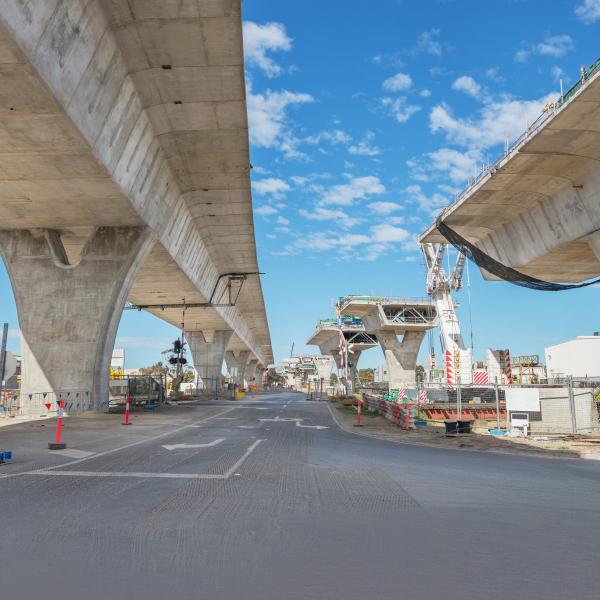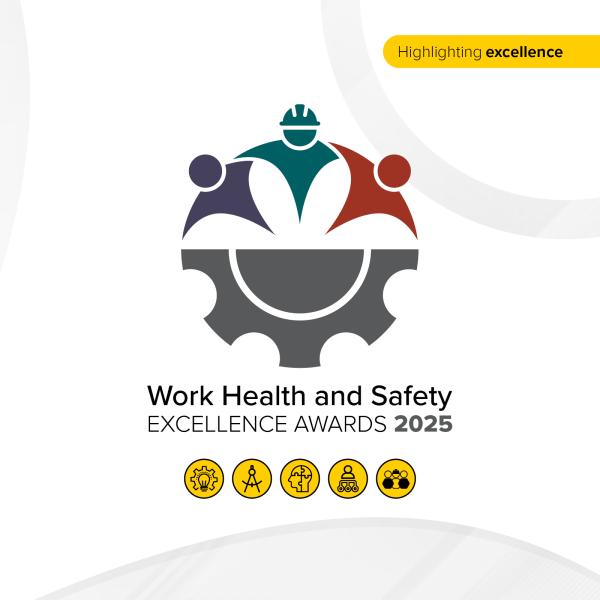
Silica
Silica including crystalline silica, duties and how to manage exposure risk in the workplace.

Asbestos
Asbestos safety, asbestos removal and managing asbestos risk in the workplace.

Bullying
Workplace bullying and its impact on health and safety and how to manage the risks of workplace bullying.

Construction and demolition
Information for the construction industry including demolition and infrastructure construction.

Plant, machinery and equipment
Types of plant including safe practices when working with or near plant, machinery or equipment.

HSR Matters (Opens in a new tab/window)
A digital platform where elected health and safety representatives obtain resources, share information and engage with their peers.
News and alerts
Concrete manufacturer fined $580,000 over worker injury
A concrete manufacturing company has been fined $580,000 (and ordered to pay $6180 in costs) after a worker was seriously injured at its Neerabup concrete batch
Hay processing company fined $595,000 over worker injury
A hay processing company in regional WA has been fined $595,000 (and ordered to pay $5510.00 in costs) over a serious injury to a worker.
Salt processing company fined $875,000 over death of worker
A salt processing company has been fined $875,000 over the death of a worker at its North Coogee facility on June 16, 2022.






